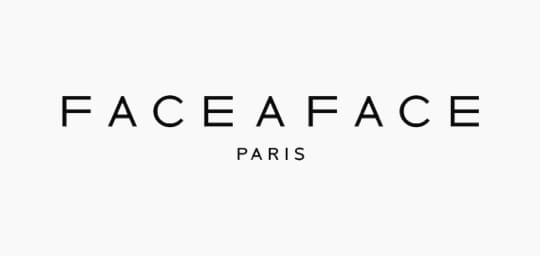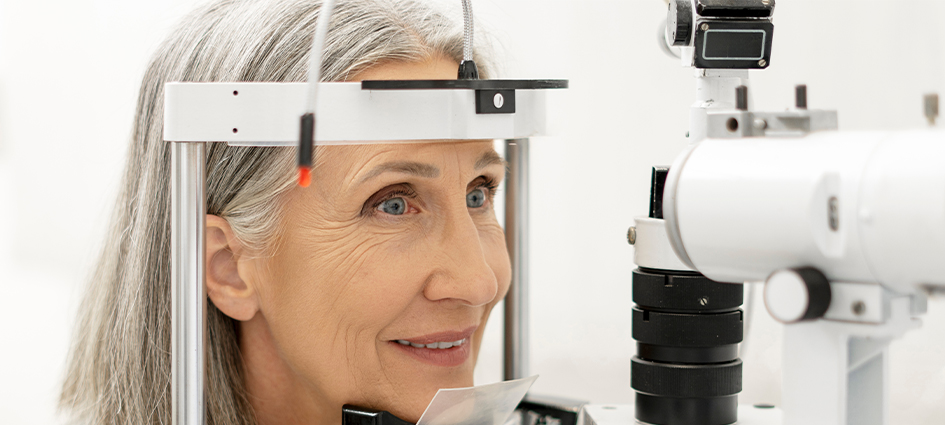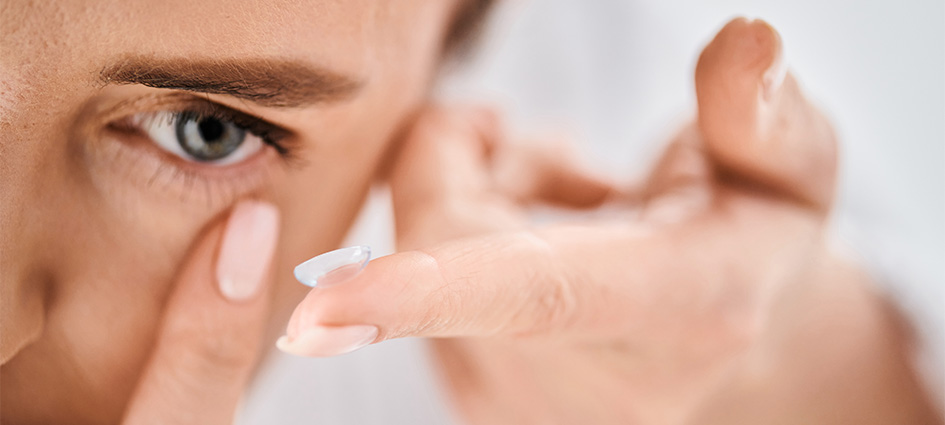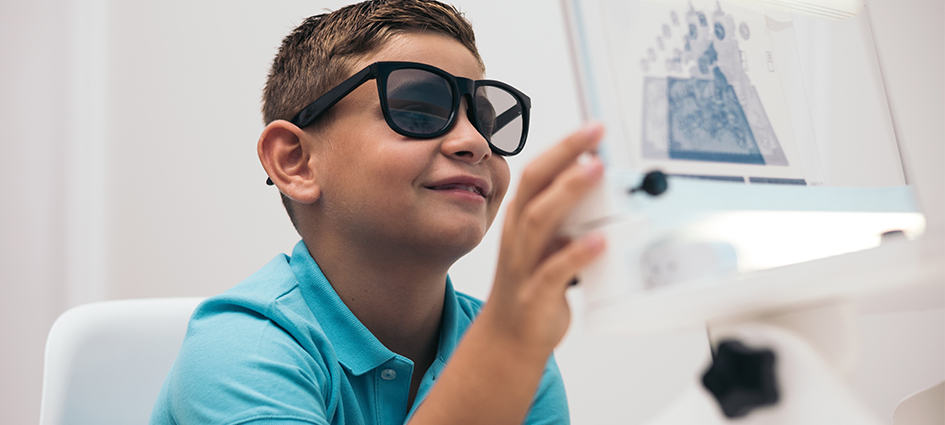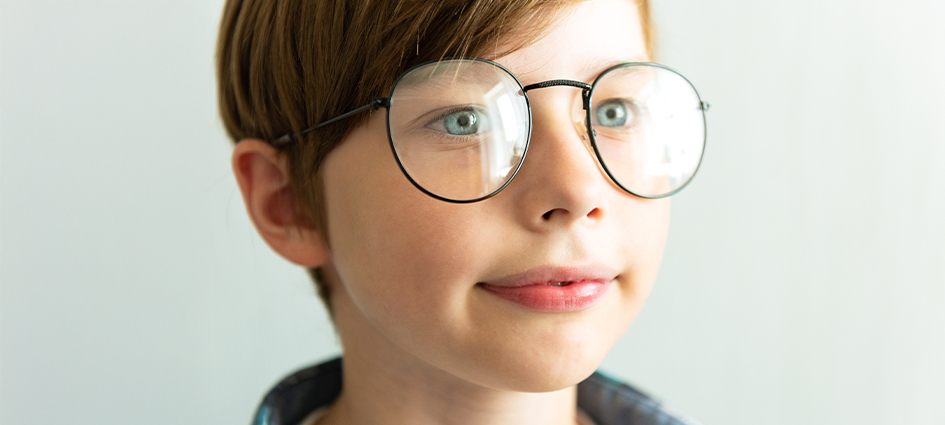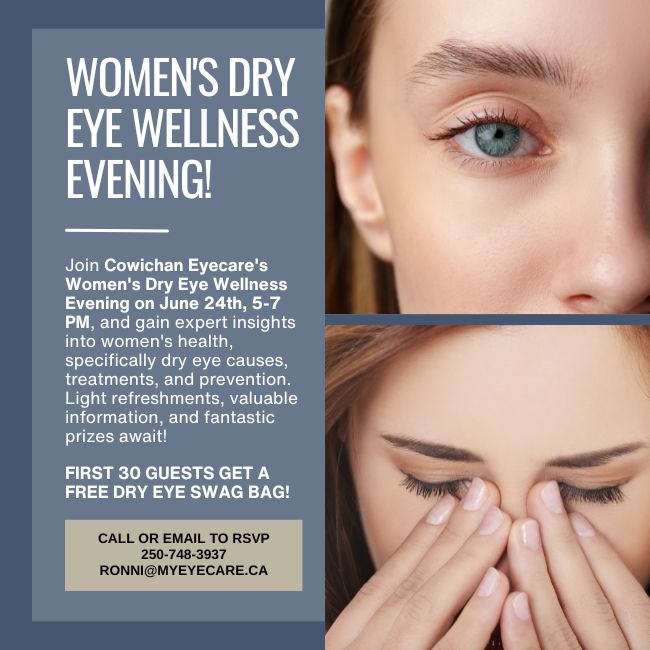Help Your Eyes & Brain Work Together Effectively
Vision therapy is a method of vision correction that goes beyond correcting sight. These therapeutic exercises use movement, training, and specialized tools to teach your eyes, brain, and the rest of your visual system to work together more effectively as a team.
Vision therapy can help with optical issues that affect more than just your eyes. For example, vision therapy can benefit someone who experienced a brain injury recover from visual disruptions caused by their injury.
Visit one of our locations and experience what vision therapy offers.
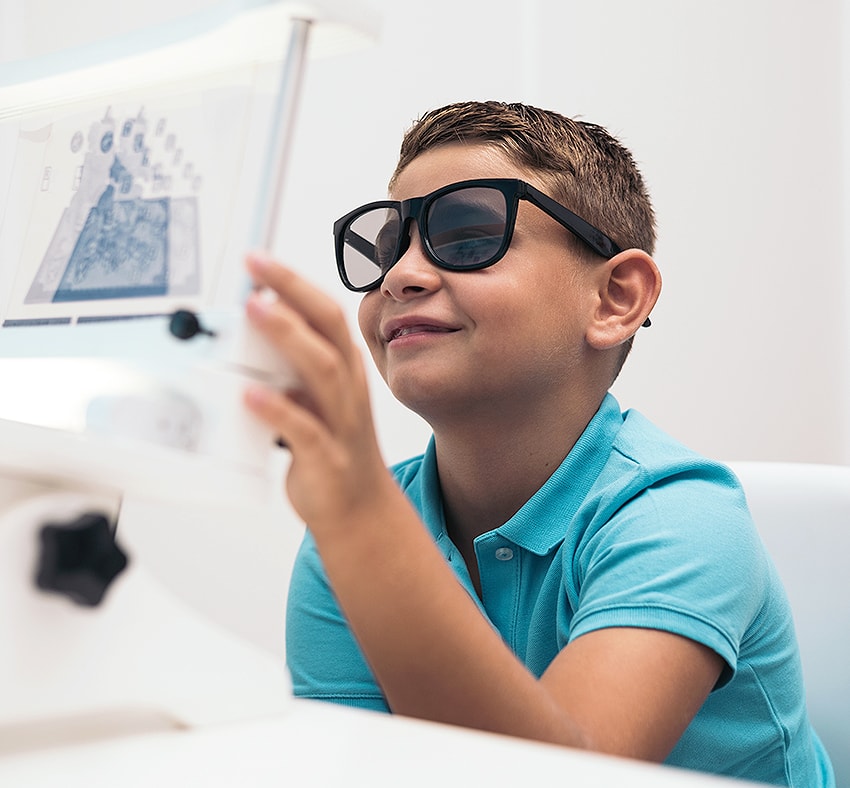
What Vision Therapy Is
To understand how vision therapy works, it is important to know 2 things: vision is a complex set of skills that are learned rather than innate, and the neuroplasticity of the brain allows for learning at any age as long as the proper learning environment and opportunities are present. Vision therapy can help a patient gain or improve their visual skills.
Vision therapy addresses visual skills deficits, which either were not learned to begin with or were lost due to a brain injury. We take patients with reduced visual skills and help them meet or exceed the average person’s visual skills. Additionally, we help athletes improve their visual skills so they can excel in their field.
- Smooth pursuit movements as well as tracking along lines of text
- Saccade movements, jumping from one focal point to another
- Binocular integration (ability to interpret information from both eyes simultaneously)
- Depth perception
- Visual perceptual skills (recognizing objects, size constancy, visual extrapolation, and many more)
- Ocular alignment (eye turns, vergence ranges)
- Visual fixation
- Balance
- Accommodation
What Vision Therapy Looks Like
An example of an in-office vision therapy technique is using a peg rotator. This device spins, and the patient puts pegs in holes while it moves at varying speeds.
Peg rotators are used for several exercises and for building multiple skills. The first is smooth pursuits, tracking one target as it moves in a predictable path. Someone builds binocular skills by splitting the image from the left and right eyes so they see and interact with 2 simultaneous images of one object.
Depth perception, hand-eye control, and binocular skills are built by accurately putting pegs in the targets. By varying the size of pegs and targets, we also improve size constancy, a visual perceptual skill. Using colours that cancel with specialized glasses helps binocular vision and anti-suppression issues.
What Vision Therapy Can Treat
The beauty of vision therapy is that it is tailored to suit individual needs. Vision therapy may be able to help treat several conditions.
Strabismus, Amblyopia, & Suppression
Strabismus occurs when both eyes cannot look at the same object at the same time. Sometimes this results in a “crossed-eyes” appearance. This issue typically occurs because of reduced binocular integration skills and an underlying visual processing deficit. It can also happen due to traumatic muscle injury, though this is far less common.
Amblyopia, often referred to as a “lazy eye,” is reduced vision in one or both eyes which cannot be corrected with glasses alone. Suppression happens when the brain ignores the visual input from one eye. It can occur either in conjunction with amblyopia or strabismus or on its own. Amblyopia and suppression have several causes, including reduced binocular integration skills and visual processing deficits.
Eye-Tracking Deficits
Eye-tracking deficits, or oculomotor dysfunction, occurs when individuals have trouble controlling their eye movements. Individuals with eye-tracking deficits have trouble following moving targets, moving from one target to another, and staying fixated on one target.
Eye-tracking deficits can occur at any age, and can impact a patient’s ability to read. It can also affect a person’s ability to play sports, accurately perceive depth perception, and stay balanced.
Visual Perception & Processing Problems
Think of visual perception as gathering information, and visual processing as the rate at which we can process what our eyes are telling us.
If an individual is having trouble with one or both of these skills, they may have trouble with tasks like using visual learning material, participating in sports, and driving. Having deficits in visual perception and processing skills would require one to slow down, taking longer to both intake and use information presented visually.
Traumatic & Acquired Brain Injuries
There are many aspects of visual processing that can be damaged during brain injuries, from the ability to track moving objects to efficiently and comfortably processing peripheral vision.
Some common symptoms of visual processing deficits following brain injuries include light sensitivity, general fatigue, difficulty reading or concentrating, discomfort with computer and screen use, headaches, nausea, and dizziness.
Discover How Vision Therapy Can Help You
It can be incredibly discouraging to have visual issues that are not as easily defined as something like nearsightedness. Problems that affect the visual system as a whole are not always easily identified and they can have serious effects on a person’s quality of life and self-esteem.
The team at Cowichan Eyecare understands the difficulties an untreated eye condition can cause. It’s with vision therapy that we can help your eyes and vision function at their best. We are excited to help you discover how vision therapy can help you and work with you to improve your visual skills.
Visit Our Locations
Langford
& Area
Find us at the corner of Langford Parkway and Jacklin Road. We’re across the parking lot from the White Spot.
- 778.744.3483
- 778.405.1657
- [email protected]
- 2968 Jacklin Rd
- Langford, BC V9B 0A3
* Hours may change for holidays. Please refer to our google business page.
Our Hours
Duncan
& Area
We’re located next to Thrifty Foods just off Beverly Street. If you have any trouble finding us, please give us a call.
- 778.403.7715
- 250.597.3456
- [email protected]
- 2755 Beverly Street, Unit 2
- Duncan, BC V9L 6X2
* Hours may change for holidays. Please refer to our google business page.
Our Hours
Chemainus
& Area
We look forward to helping you achieve your vision goals at our Chemainus location. Find us just off of Maple Lane and Croft Street.
- 250.246.3405
- 250.246.3408
- [email protected]
- 9844 Croft Street, Unit 106
- Chemainus, BC V0R 1K0
* Hours may change for holidays. Please refer to our google business page.
Our Hours
Cobble Hill
& Area
Our Cobble Hill location is just off Cowichan Bay Road on the upper level of Valleyview Centre. If you have any trouble finding us, please give us a call.
- 778.403.7702
- 250.743.8898
- [email protected]
- 1400 Cowichan Bay Rd, Unit 56
- Cobble Hill, BC V0R 1L3
* Hours may change for holidays. Please refer to our google business page.
Our Hours
Lake Cowichan
& Area
We are conveniently located in the plaza off of Stanley Road and Cowichan Lake Road. Find us across from Central Park.
- 250.749.4440
- 250.749.4448
- [email protected]
- 44 Stanley Road
- Lake Cowichan, BC V0R 2G0
* Hours may change for holidays. Please refer to our google business page.
Our Hours


Our Brands

